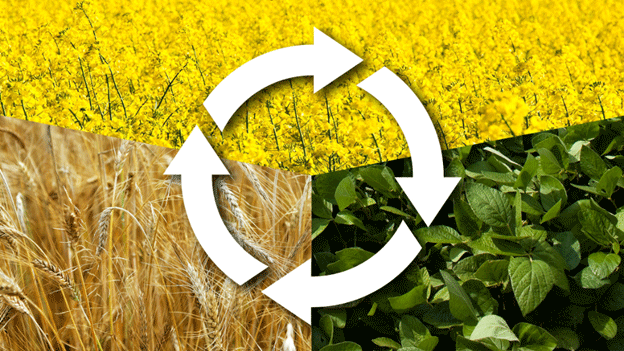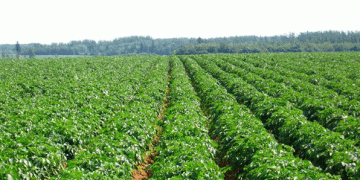As climate change continues to disrupt traditional farming practices, U.S. farmers are facing increased risks from unpredictable weather patterns, including more frequent droughts, heat stress, and erratic rainfall. To counter these challenges, researchers from the U.S. Department of Agriculture’s Agricultural Research Service (ARS) have turned to an age-old farming technique—crop rotation—to investigate how it can reduce the risk of crop loss and promote sustainable farming.
The Science Behind Crop Rotations
Crop rotation, the practice of alternating different crops in a field over time, has been a cornerstone of agriculture for millennia. By varying the types of crops grown, farmers can improve soil health, break pest and disease cycles, and increase the resilience of their farms. ARS agroecologists have taken this historical practice and tested it through modern science to understand its full potential under the increasing pressures of climate change.
The ARS, in collaboration with the Diverse Rotations Improve Valuable Ecosystem Services (DRIVES) Network, has compiled data from 20 long-term experiments across North America, some of which span over six decades. These studies compare the outcomes of different crop rotations, focusing on both individual crops, such as corn or soybeans, and the entire crop rotation system. The goal is to assess how diverse rotations affect crop performance under varying growing conditions, including adverse weather caused by climate change.
Key Findings: Diverse Rotations Show Promise
ARS researchers found that crops grown in more diverse rotations consistently performed better across all growing conditions, particularly during poor weather years. The composition of the crop rotation—what crops are rotated—proved to be a critical factor in the overall success of the farming system. Diverse crop rotations improved the performance of the entire rotation system, not just the individual crops, indicating that diversity is essential for reducing vulnerability to climate-related risks.
Moreover, diverse rotations can reduce the need for external inputs such as fertilizers and pesticides. For example, by rotating nitrogen-fixing legumes like soybeans or alfalfa with cereals such as wheat, farmers can naturally replenish soil nutrients, reducing their reliance on synthetic nitrogen fertilizers. This is particularly valuable as farmers face increasing price volatility for fertilizers, making crop rotation a potential economic safeguard.
Overcoming the Challenges
While the benefits of diverse crop rotations are clear, many farmers are hesitant to adopt them due to economic uncertainties and practical challenges. Transitioning to a more diverse crop rotation system often requires new knowledge, additional equipment, and a more complex management plan. In addition, diverse rotations may take several years to produce noticeable results, which can be a deterrent for farmers seeking immediate returns.
The DRIVES Network aims to address these barriers by providing farmers with long-term data on the economic performance and environmental benefits of diverse crop rotations. By expanding their database and continuing to pair yield data with climate variables, researchers are working to provide farmers with the evidence they need to make informed decisions about diversifying their cropping systems.
A Path Forward for Resilient Farming
Diverse crop rotations offer a powerful tool for farmers looking to safeguard their operations against the uncertainties of climate change. While challenges remain in adoption, the long-term benefits—such as improved soil health, reduced input costs, and greater resilience to adverse weather—make diverse rotations a strategy worth considering. As research continues, partnerships between farmers, scientists, and agricultural organizations will be crucial in unlocking the full potential of this time-tested farming practice.






